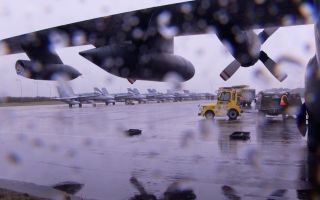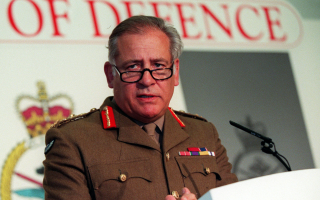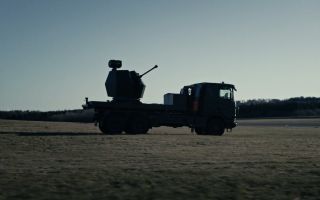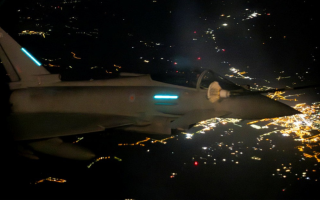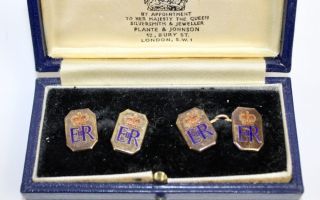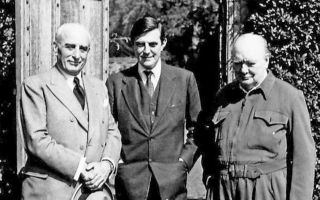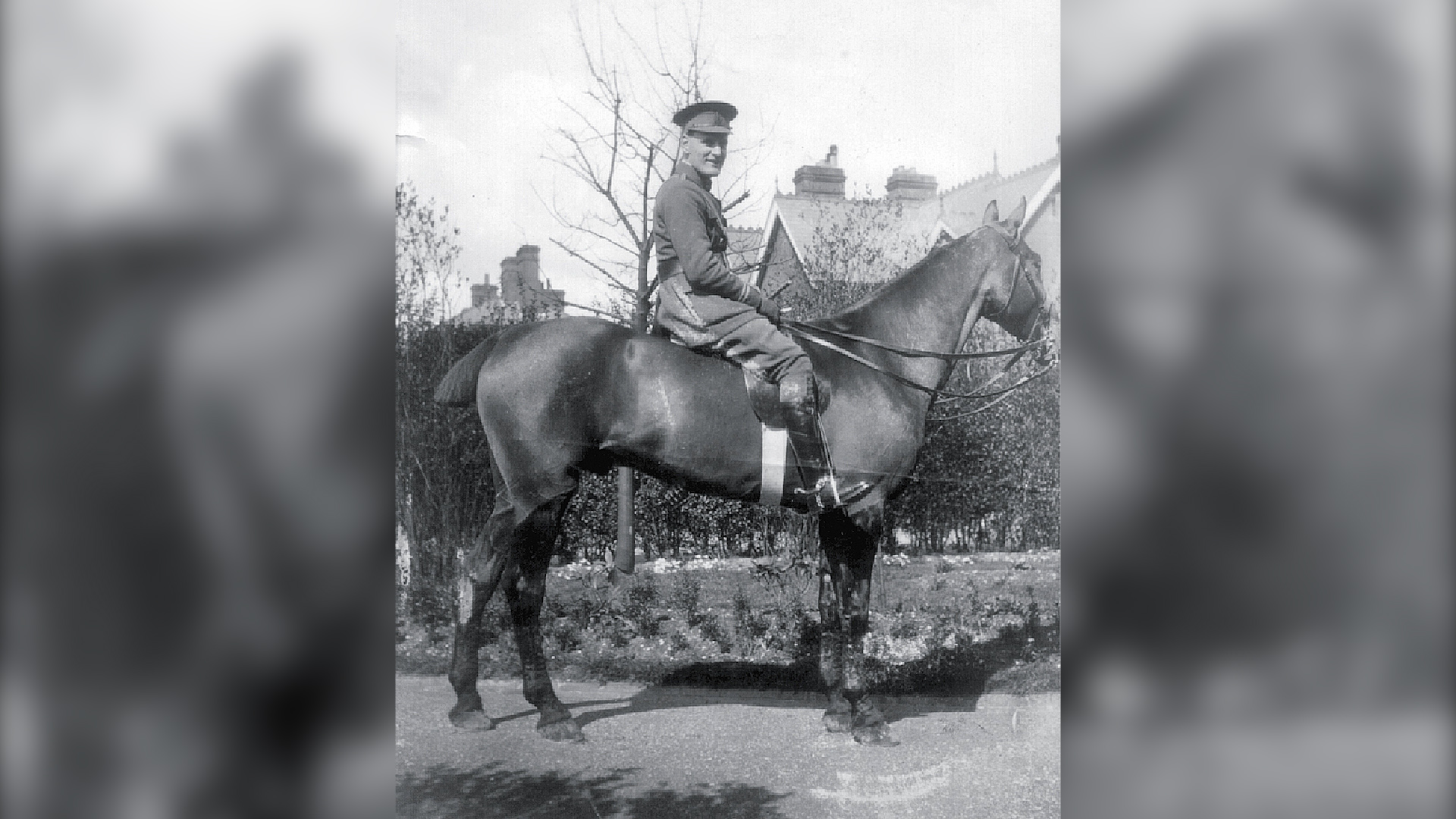
Historian Defends First World War Officers From 'Blackadder-Style Mocking'

A historian has rebuked the idea that First World War commanders were buffoons who would have willingly sacrificed their men.
David Willey, the curator of the Tank Museum in Dorset said that some senior officers had been subjected to, “Blackadder-style mocking” for their actions when leading their men into battle.
He said:
"The Blackadder view and the prevailing national myth suggests the leaders of our men were incompetent and would willingly sacrifice them.”
However contrary to this idea, the commanders were courageous soldiers who ultimately lead the nation to victory.
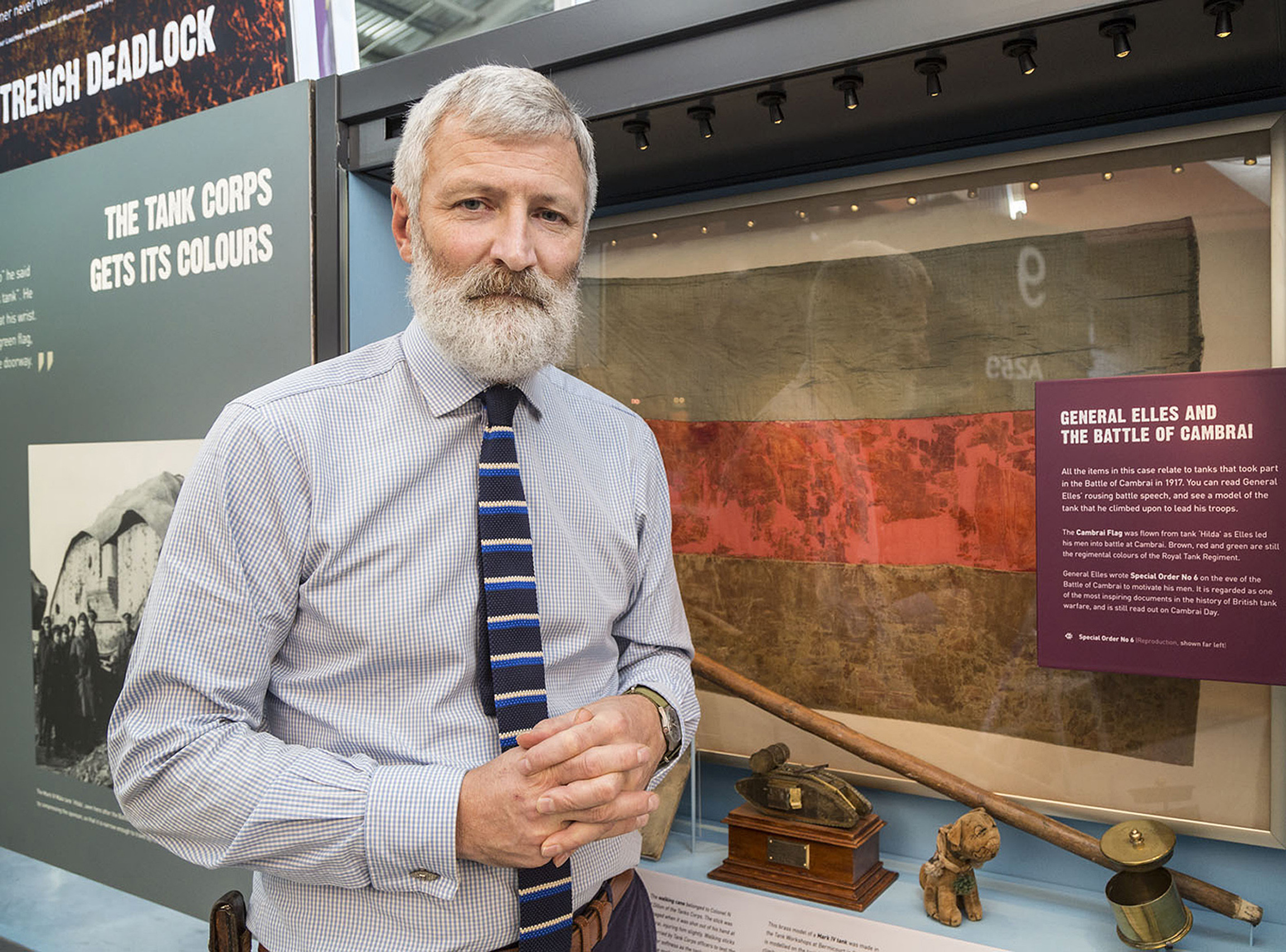
One such man highlighted by curator Mr Willey is Hugh Elles who led the Tank Corps at the Battle of Cambrai.
"They were of course men of their time with faults like all of us, but the idea that somehow Britain had more than their fair share is just untrue - and these were the men that led the BritishArmy to ultimate victory.
"Elles is a good example of the imaginative and inspirational leaders Britain had in the First World War and it is time to rehabilitate their reputation."
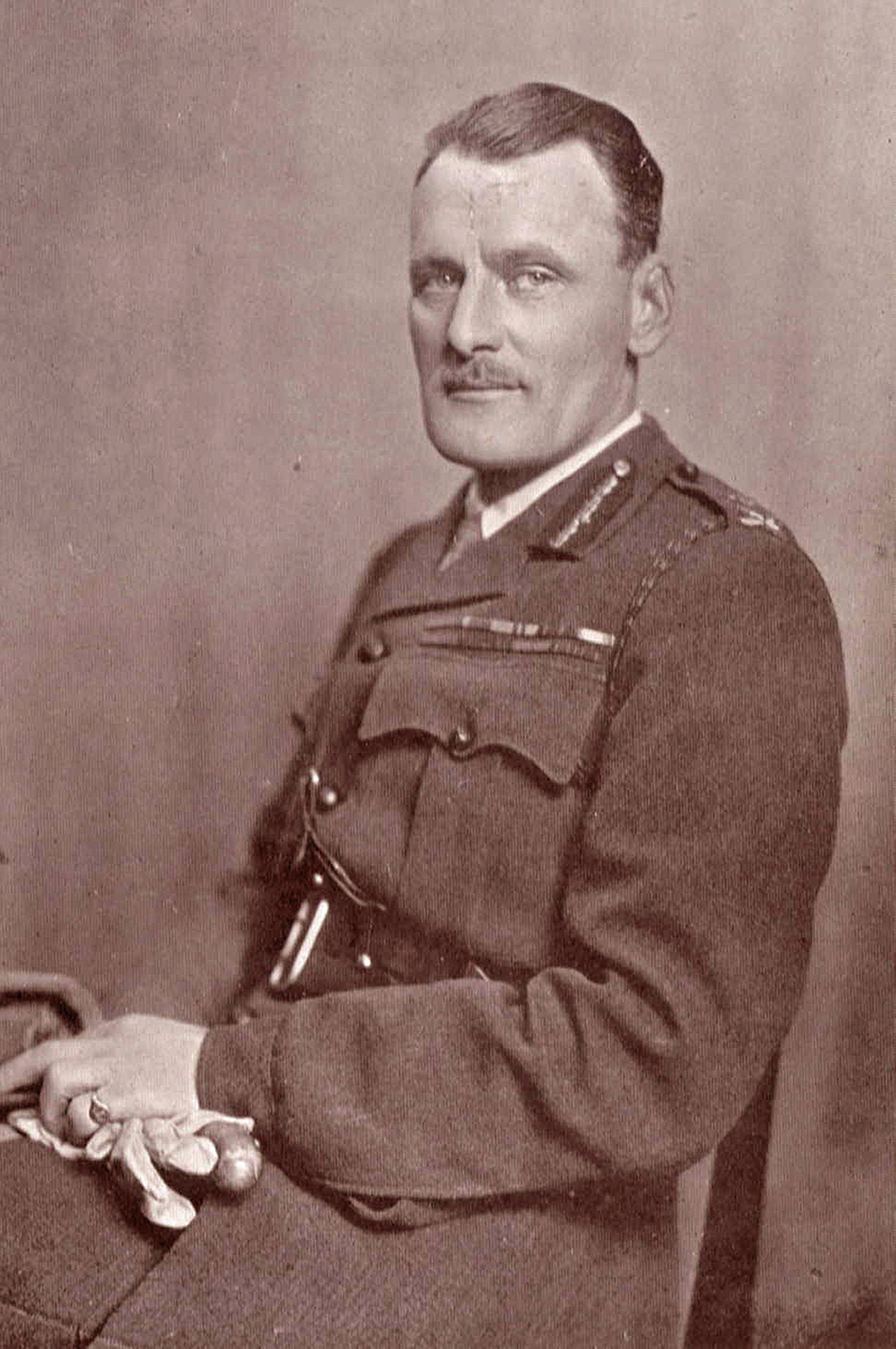
David’s comments come as the museum prepares for the centenary of Elles leading his men into battle.
The celebrations will include taking a replica Mk IV tank to the Cenotaph in London, the day before the anniversary on November 19th.
The Cambrai assault was the first-time tanks were used in large numbers.
More than 400 battled over a five-mile front, taking the Germans by complete surprise.
The assault gained more ground in the first three hours of fighting than the British had gained in three months at the Battle of Passchendaele.
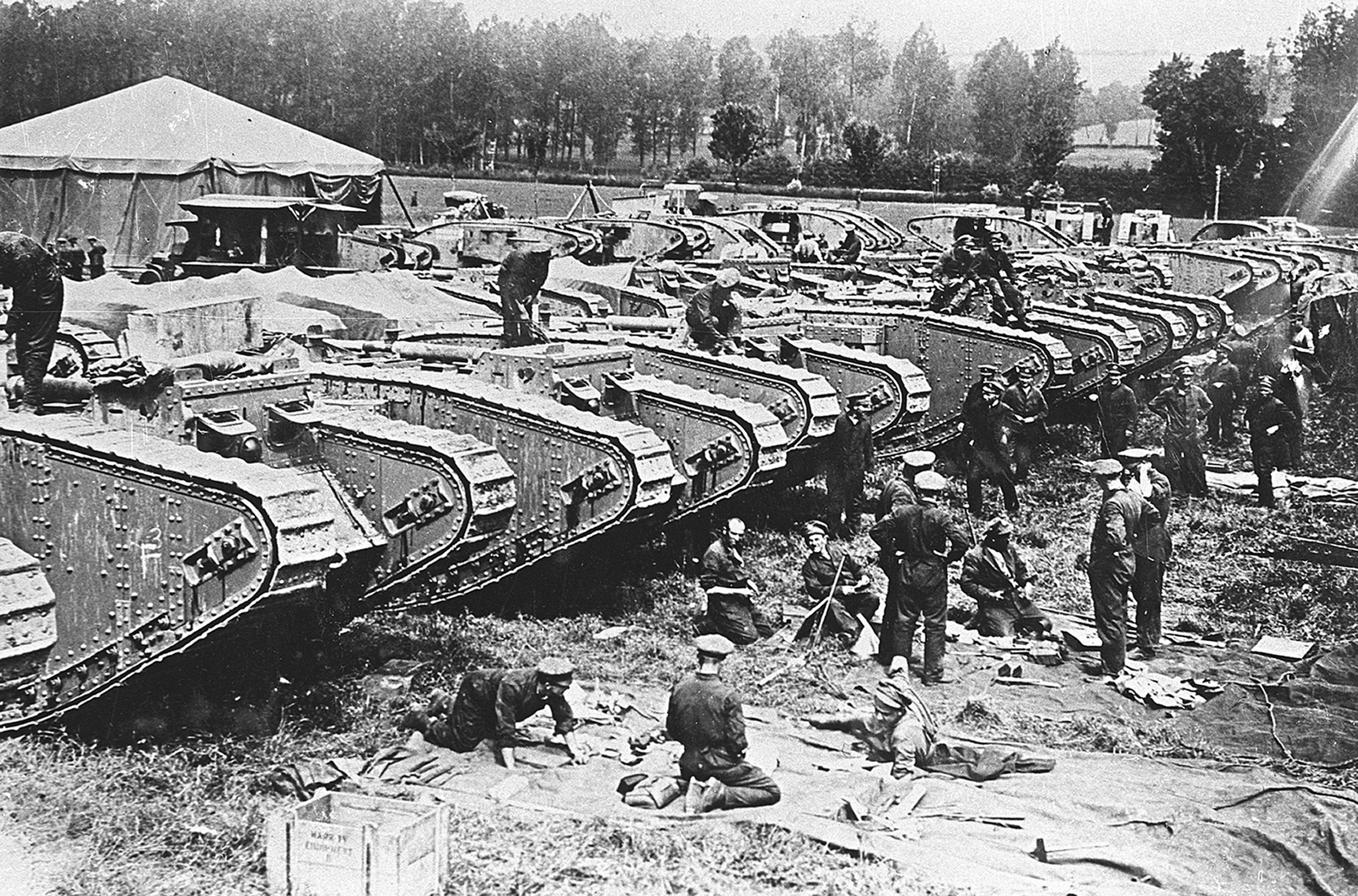
Most famously, prior to leading his men into battle, Elles brought the last fabric available in a French draper’s shop and had it stitched together for a flag.
In recognition of the Tanks Corps exploits at Cambrai, the flag was comprised of brown, red and green material which after the battle was interpreted as:
“From mud, through blood and to the green fields beyond.”
The flag was then proudly flown into battle be Elles himself, and remains one of the most significant exhibits on display at the museum.
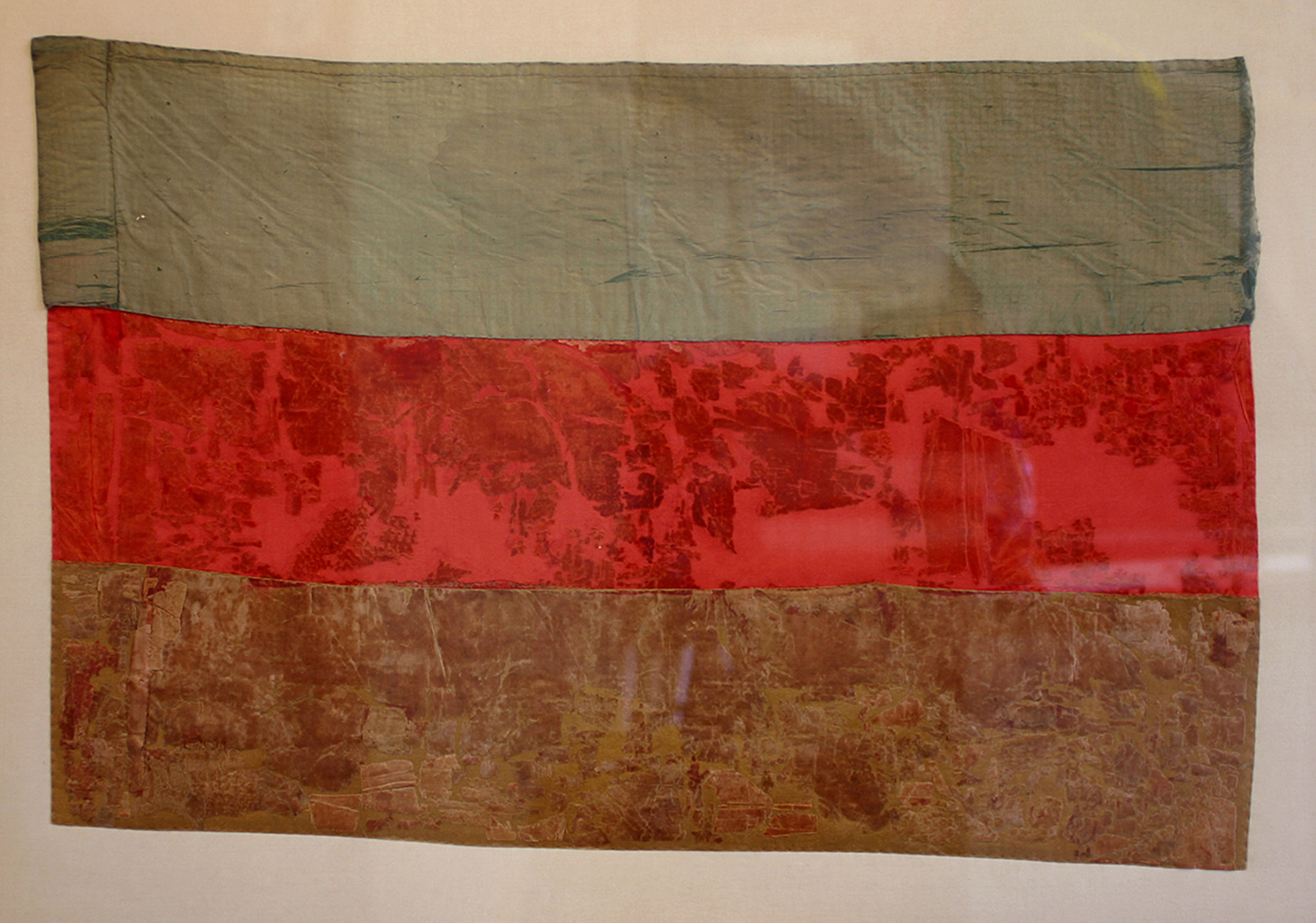
David added: "Tanks were designed to save the lives of British soldiers but they had a patchy start and no clear success.
"At Passchendaele, many had simply sunk in the mud and been lost.
"Elles and his men believed in the potential of the tank and saw an attack at Cambrai as a way of achieving success and vindicating the faith put in the new machine.
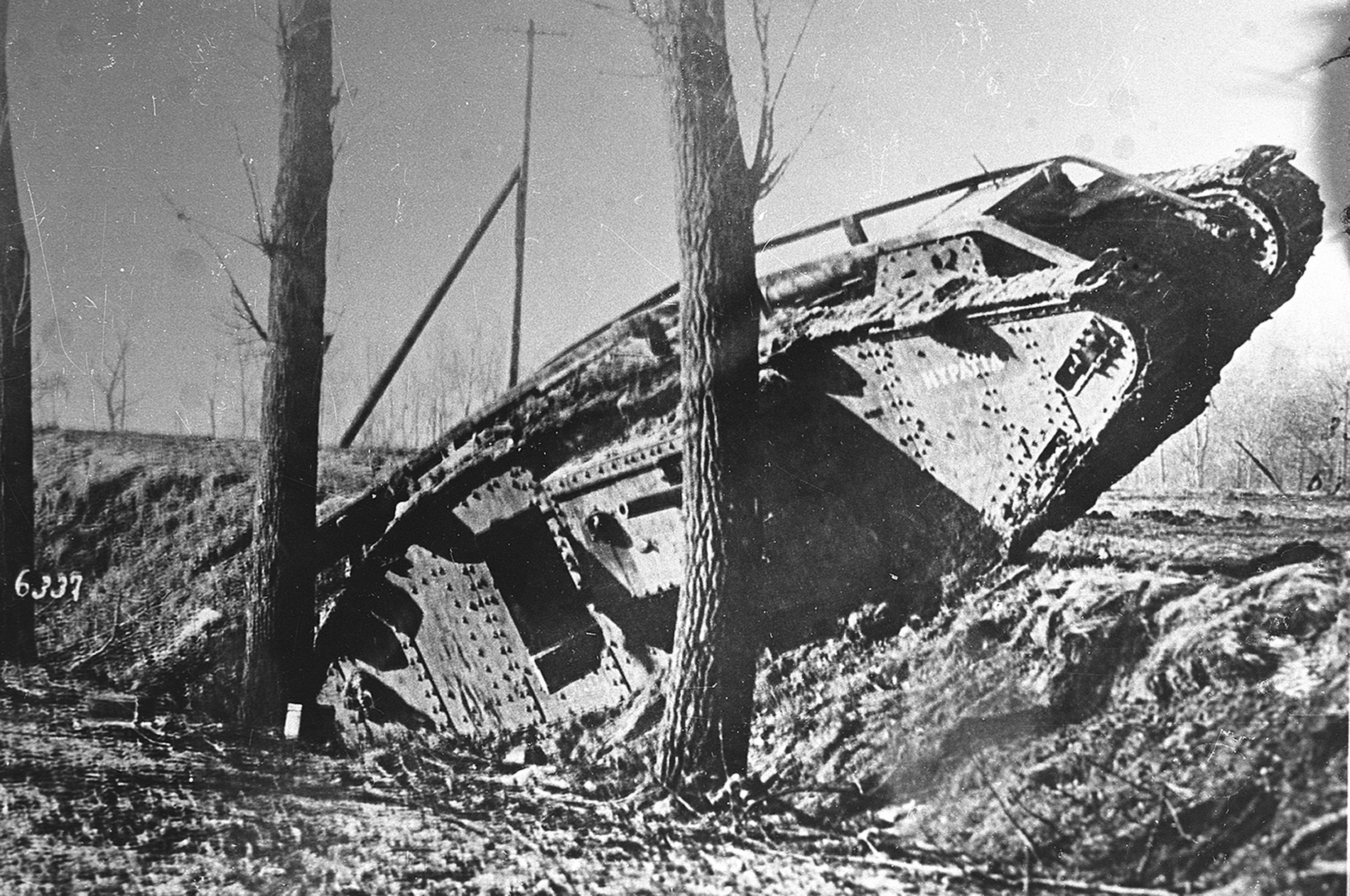
"His tank eventually became stuck and he was seen in no man's land, pipe in mouth, carrying his flag towards his own lines to make his report.
"It is now time, a century on, to remember these commanders, and their men, in a manner that befits their courage and heroism and of course, ultimately their success. Imagine Britain or Europe if they had lost."
General Sir Hugh Jamieson Elles KCB, KCMG, KCVO, DSO was wounded during the war and was "mentioned in despatches" eight times.
His expansive military career took him all the way to Major-General in 1928, then Lieutenant-General in 1934.
When the Second World War struck he continues to work, this time in civil defence, he died in 1945.

